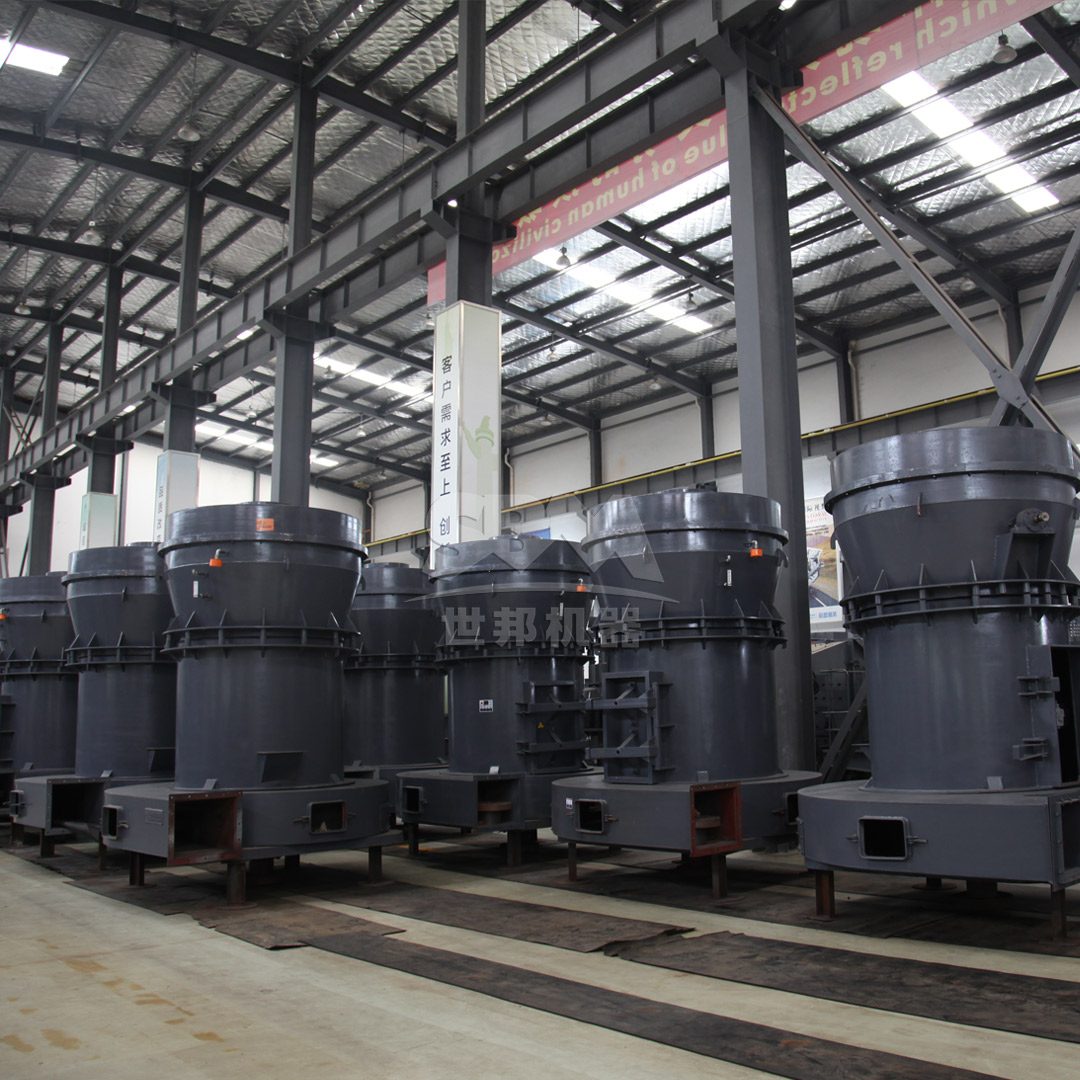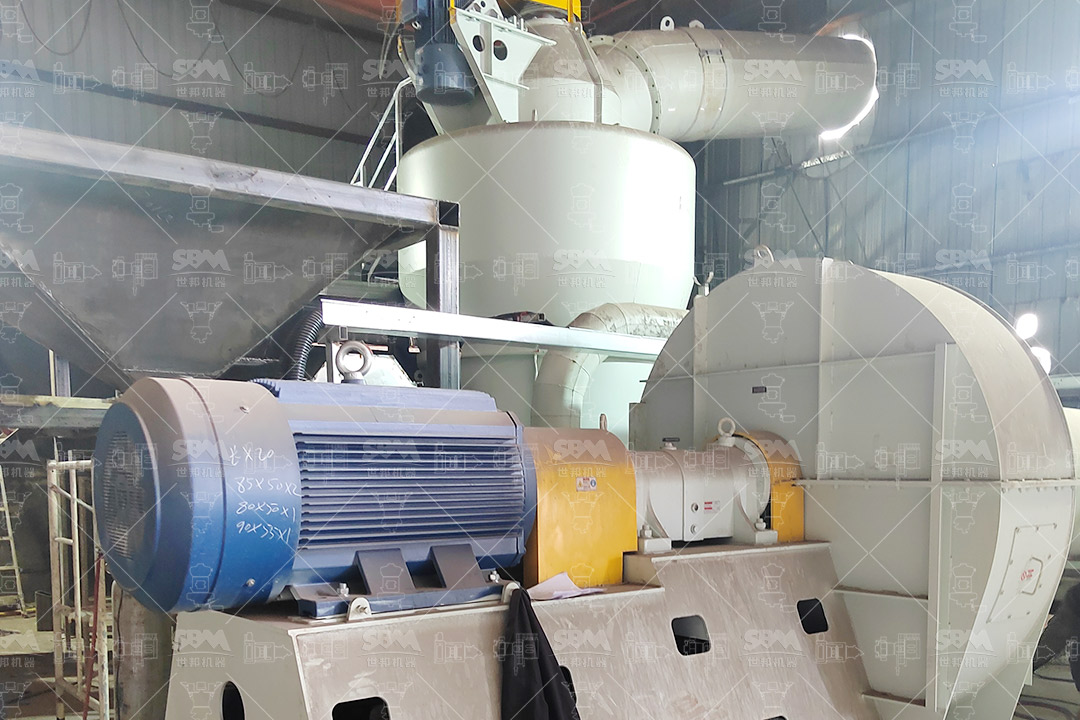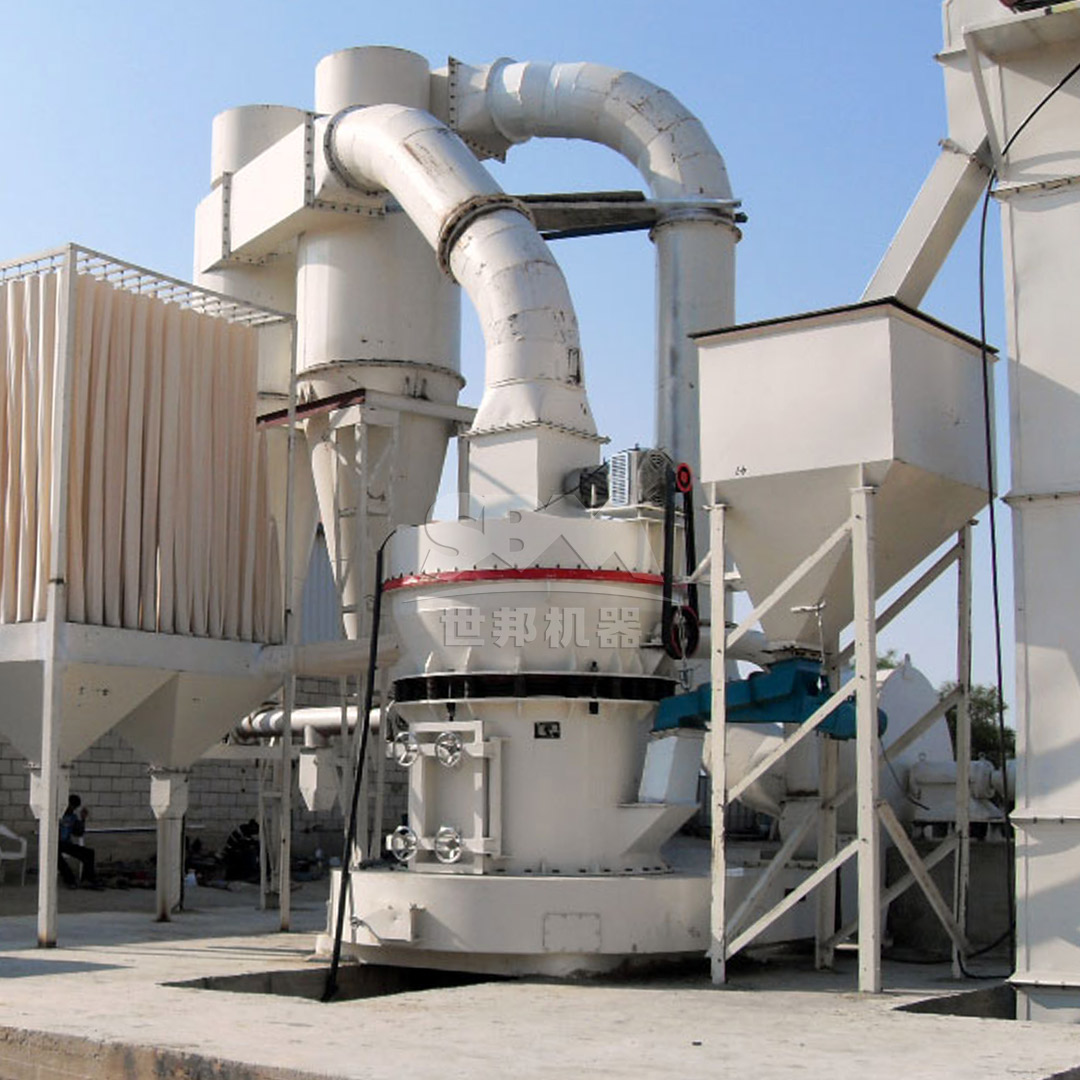Feldspar, one of the most abundant minerals in the Earth’s crust, serves as a fundamental raw material in glass and ceramic manufacturing. Its unique properties—including alumina content, fluxing characteristics, and mechanical strength—make it indispensable for producing everything from tableware and sanitaryware to architectural glass and technical ceramics. The transformation of raw feldspar into usable powder requires precise grinding technology that can achieve specific particle size distributions while maintaining chemical purity and minimizing energy consumption.
Modern feldspar processing demands equipment capable of handling varying hardness levels (typically 6-6.5 on the Mohs scale) while producing powders with consistent quality. The choice of grinding mill significantly impacts production efficiency, product quality, and operational costs. This article explores the technological requirements for feldspar grinding and examines how advanced milling solutions address these challenges.

The glass and ceramic industries impose strict specifications on feldspar powder quality. For glass production, feldspar typically requires grinding to 100-200 mesh (149-74μm), where consistent particle size ensures uniform melting and prevents defects. Ceramic applications often demand finer powders ranging from 200-325 mesh (74-44μm) for body preparation and even finer for glaze formulations, where particle size distribution directly affects surface quality and mechanical properties.
Beyond particle size, contamination control represents a critical consideration. Iron contamination, in particular, must be minimized as it causes discoloration in both glass and ceramic products. This necessitates grinding systems with minimal metal-to-metal contact or incorporating effective iron removal mechanisms. Additionally, the grinding process must preserve the mineral’s chemical composition, avoiding excessive heat that might alter its fluxing properties.
| Parameter | Glass Production | Ceramic Production |
|---|---|---|
| Particle Size (D97) | 100-200 mesh | 200-325 mesh (body) |
| Iron Content (max) | 0.1% | 0.08% |
| Moisture Content | <1% | <0.5% |
| Al₂O₃ Content | 18-20% | 17-19% |
Traditional ball mills, while capable of grinding feldspar, often suffer from high energy consumption, limited particle size control, and potential contamination. Modern grinding technologies address these limitations through innovative designs that optimize grinding efficiency while maintaining product quality. The evolution of grinding equipment has focused on reducing specific energy consumption (kWh/ton) while improving particle size distribution control.
Among the most significant advancements is the development of vertical roller mills, which employ a bed compression grinding mechanism rather than the impact-based approach of traditional mills. This method generates less heat and offers superior particle size control. Additionally, integrated classification systems enable real-time adjustment of product fineness without stopping production, a crucial feature for operations supplying multiple product grades.

For applications requiring exceptionally fine feldspar powders, our SCM Ultrafine Mill represents the pinnacle of grinding technology. Engineered specifically for materials demanding precise particle size control in the range of 325-2500 mesh (45-5μm), this mill incorporates several proprietary technologies that make it ideal for high-purity feldspar processing.
The SCM series achieves its remarkable performance through a combination of innovative features. Its vertical turbine classification system ensures precise particle size cuts with minimal coarse particle contamination, critical for ceramic glaze formulations where even minor deviations can affect surface quality. The grinding mechanism employs a unique three-layer grinding ring design that progressively reduces particle size while minimizing energy consumption—achieving 30% lower energy usage compared to conventional jet mills while doubling throughput capacity.
| Model | Processing Capacity (ton/h) | Main Motor Power (kW) | Output Fineness (mesh) |
|---|---|---|---|
| SCM800 | 0.5-4.5 | 75 | 325-2500 |
| SCM900 | 0.8-6.5 | 90 | 325-2500 |
| SCM1000 | 1.0-8.5 | 132 | 325-2500 |
| SCM1250 | 2.5-14 | 185 | 325-2500 |
| SCM1680 | 5.0-25 | 315 | 325-2500 |
Durability considerations are particularly important in feldspar grinding due to the mineral’s abrasive nature. The SCM Ultrafine Mill addresses this challenge through specially formulated grinding rollers and rings that offer several times the service life of conventional components. The bearing-free screw grinding chamber design enhances operational stability while eliminating a common failure point in traditional mills. From an environmental perspective, the integrated pulse dust collection system exceeds international standards with collection efficiency exceeding 99.9%, while comprehensive sound insulation maintains noise levels below 75dB—creating a safer and more comfortable working environment.
For large-scale feldspar processing operations supplying the glass industry, our MTW Series Trapezium Mill offers an optimal balance of capacity, efficiency, and product quality. Designed for processing capacities ranging from 3-45 tons per hour with output fineness between 30-325 mesh (600-45μm), this mill incorporates European grinding technology adapted for the specific challenges of feldspar processing.
The MTW series distinguishes itself through several engineered improvements over conventional designs. Its wear-resistant shovel blade design features combined replaceable segments that significantly reduce maintenance costs compared to one-piece designs. The curved air channel optimization minimizes airflow resistance, reducing energy losses while improving material transport efficiency. Perhaps most notably, the integrated bevel gear transmission system achieves 98% transmission efficiency—substantially higher than traditional designs—while saving space and reducing installation complexity.
Operational efficiency extends beyond the grinding mechanism itself. The MTW series incorporates a wear-resistant volute structure that eliminates airflow obstruction, improving classification efficiency while reducing maintenance requirements by approximately 30%. This comprehensive approach to design optimization results in a mill that delivers consistent performance across the full range of feldspar varieties, from potassium feldspar used in ceramic bodies to sodium feldspar preferred for glass manufacturing.

The selection of feldspar grinding equipment extends beyond technical specifications to encompass economic and environmental factors. Modern mills must demonstrate not only processing capability but also cost-effectiveness throughout their operational lifespan. Energy consumption typically represents 40-60% of total grinding costs, making efficiency improvements a primary consideration. The advanced designs of both the SCM Ultrafine Mill and MTW Series Trapezium Mill address this through multiple energy-saving features that reduce specific power consumption while maintaining output quality.
Environmental compliance has become increasingly important in mineral processing. Dust emissions, noise pollution, and water consumption all face stricter regulatory scrutiny. Contemporary grinding systems incorporate comprehensive dust collection systems that capture fugitive particles at multiple points in the process. The SCM series, for instance, employs a pulse jet dust collector with efficiency exceeding 99.9%, ensuring emissions remain well below regulatory thresholds. Similarly, noise reduction technologies including sound insulation enclosures and vibration damping systems protect both workers and surrounding communities.
| Cost Component | Traditional Ball Mill | SCM Ultrafine Mill | MTW Trapezium Mill |
|---|---|---|---|
| Energy Consumption | 100% (baseline) | 70% | 75% |
| Wear Parts Replacement | 100% (baseline) | 60% | 65% |
| Maintenance Labor | 100% (baseline) | 50% | 55% |
| Environmental Compliance | 100% (baseline) | 80% | 85% |
The evolution of feldspar grinding technology continues to address emerging industry requirements. Digitalization and smart manufacturing concepts are increasingly integrated into grinding systems, enabling real-time monitoring of critical parameters such as particle size distribution, wear condition, and energy efficiency. These advancements facilitate predictive maintenance strategies that minimize unplanned downtime while optimizing consumable usage.
Looking forward, we anticipate further integration of grinding systems with downstream processes, creating seamless production lines from raw material intake to finished powder packaging. Hybrid approaches that combine different grinding principles may offer new possibilities for optimizing specific energy consumption while achieving tighter particle size distributions. As sustainability concerns grow, equipment manufacturers will likely focus increased attention on circular economy principles, designing mills that facilitate easier component refurbishment and material recycling at end-of-life.
For glass and ceramic producers, these technological advancements translate to improved product quality, reduced operating costs, and enhanced environmental performance. By selecting grinding equipment that incorporates the latest innovations while demonstrating proven reliability, manufacturers can position themselves competitively in increasingly demanding global markets.